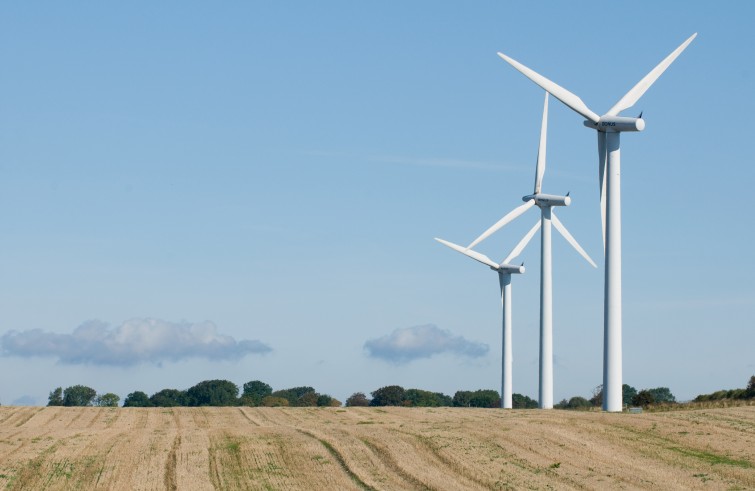
The term “energy” encompasses the economy, research, investments, infrastructures, environmental sustainability and, notably, politics. In fact, energy is related to most of our daily actions – from turning on the light when we wake up to starting the car engine, from smartphone communication to house heating – and at the same time it requires major geostrategic decisions, onerous supply contracts, technological innovations to exploit the “clean” sources, intercontinental pipelines, laws regulating energy efficiency and energy … Moreover, the energy question, at a time when energy consumption is growing across the globe, is extremely complex and there is no room for simplifications. The European Union, the second world economy, imports 53% of the energy it consumes from various Countries (including Arab Countries, Russia, Norway, North Africa) – spending almost € 400 billion per year. Thus after decades of uncertainty, Europe is undertaking – not without difficulties – a path leading to the creation of an Energy Union capable of providing citizens and companies with secure, sustainable energy supplies at decreasing prices. The debate is underway and it involves 28 Member States and the Brussels institutions.
A change of pace. The energy question has been central to the interests of EU integration since its inception. It is no coincidence that the founding treaties of 1957 gave birth to the EEC (European Economic Community) and the EAEC (European Atomic Energy Community, or Euratom). But since then there has been little progress in this area.
Over the past 10-15 years the EU has changed pace and it recently acknowledged the need to create a veritable energy Union, to be developed alongside with the Single Market and the Economic and Monetary Union.
A year ago, the European Council (meeting of 28 Heads of State and Government of the EU) of March 2015, released it own document focusing on this theme. “The EU is committed to building an Energy Union with a forward-looking climate policy on the basis of the Commission’s framework strategy, whose five dimensions are closely interrelated and mutually reinforcing (energy security, solidarity and trust; a fully integrated European energy market; energy efficiency contributing to moderation of demand; decarbonising the economy”, namely, to decrease the use of carbon and oil, “along with research, innovation and competitiveness”, the document stated.
Towards an integrated market. However, the actual establishment of an integrated energy market is bound to take time, yet it is significant that all EU countries have felt the need to “team up” and initiate a Community policy in this area, confirming the fact that the action of individual Member Countries can no longer live up to the present challenges. In particular, the European Council – with the support of Parliament and the EU Commission – focuses its attention on a set of operational aspects, that is,
speeding up infrastructure projects to import and distribute (interconnection objective) electricity and gas; strengthening the legislative framework on energy security; supporting the renewables sector; establishing strategic partnerships with producing and transit Countries.
In the meantime, the EU has set the overall goals for the period 2010-2020 (diversified from country to country depending on the initial situation), while noting that not all countries are doing their part with equal commitment. These targets (the so-called 20-20-20) are: are a 20% reduction in greenhouse gas emissions compared to 1990 levels, a 20% share of renewable energy sources in final energy consumption, and a 20% improved energy efficiency.
Remarkable differences at national level. A set of problems yet needs to be solved. For example, it is necessary to increase the funds for investments in infrastructure (notably, the North Stream and South Stream gas pipelines), expanding those for research on renewables, “modernising” the wind farms in various countries, securing the many nuclear power plants in the continent…
Against the backdrop of a diversified combination of national energy provisions
Just considering the renewables sector, it can be observed that at EU level the use of “clean energy”, equivalent to 8% of requirements in 2004, has surged to 17% today. Moreover, renewable sources account for.52% of the Swedish energy production, followed by Latvia (37%), Finland (36), Austria (32), Denmark (29). However, Countries registering intense economic development are on the opposite front: the share of renewables amount to 4% in The Netherlands; to 5% in the United Kingdom (which greatly relies on oil extraction from the North Sea). In Germany, which in absolute terms is Europe’s largest producer of clean power, renewable energy accounts for only 13% of its requirements (great use of imported gas), in France 14% (strong use of nuclear energy), Italy is at 17% (the Country which in ten years has more than doubled the production and use of renewable energy). The path towards Energy Union has been undertaken. But it will take time for its full implementation.










